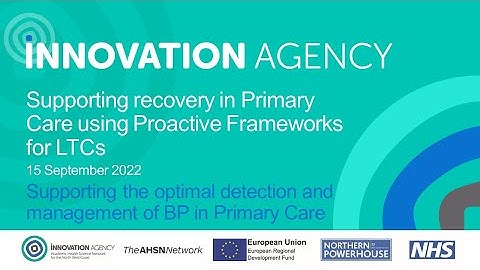The Centers for Disease Control and Prevention (CDC) Guidelines for Infection Control in Dental Health Care Settings, 2003 are the standard for infection control practices in the dental office. State Board of Dentistry regulations consider it unprofessional conduct to fail to follow current CDC infection control guidelines, or to fail to ensure that auxiliary personnel and other supervisees follow the guidelines. Show CDC guidelines outline standard and transmission based precautions. Standard precautions are minimum infection control prevention practices that apply to all patient care, regardless of suspected or confirmed infection status of the patient, in any setting where healthcare is delivered. Standard precautions include: Hand Hygiene: Use soap and water when hands are visibly soiled, otherwise you may use an alcohol-based hand rub. Hand hygiene should be performed when hands are visibly soiled, after touching objects likely contaminated with bodily fluids with bare hands, before and after treating patients, and before and after using gloves. Use of Personal Protective Equipment (PPE): All dental health care personnel must be provided with sufficient, appropriate and accessible PPE, and educated on its proper selection and use. PPE must be removed before leaving the work area. Respiratory Hygiene: Policies and procedures should be implemented to contain respiratory secretions in patients and any individuals accompanying them that may display symptoms of a respiratory infection during their visit. All dental care personnel should be educated on the importance of containment of any respiratory secretions to prevent the potential spread of respiratory infection. Sharps Safety: Personnel should be aware of the risk of injury whenever sharps are exposed and should use precautions while using sharps, and during cleanup and disposal. Used sharps should be stored in puncture- resistant container located as close as possible to the area in which the items are used. Safe Injection Practices: Safe injection practices should be followed to perform injections in the safest possible manner for the protection of patients and are intended to prevent transmission of diseases between patients or between patients and dental personnel. Sterile Instruments and Devices: Educate dental personnel on responsibilities for disinfecting or sterilizing dental equipment. Clean and disinfect, or sterilize, reusable dental equipment appropriately between patients according to manufacturer’s instructions. Use mechanical, chemical and biological monitors to ensure the effectiveness of the sterilization process. Clean and Disinfected Environmental Surfaces: Establish policies and procedures for routine cleaning and disinfection of environmental surfaces. Use EPA- registered products with label claims for use in healthcare settings and follow-manufacturer instructions for their use. Transmission based precautions are used when patients have diseases that can spread through skin contact, sneezing or coughing. Dental settings are not typically designed to carry out all of the transmission based precautions recommended for hospital or ambulatory settings. However, dental providers should develop and carry out policies and procedures for early detection and management of potentially infectious patients in dental settings. Non-urgent dental care should be rescheduled after the patient is no longer infectious, or a referral to a dental setting with appropriate infection prevention precautions when emergency or urgent treatment is necessary. Dental unit waterlines promote bacterial growth and development of biofilm due to the presence of long narrow-bone tubing, inconsistent flow rates, and the potential for retraction of oral fluids. Dental health care personnel and patients could be placed at risk of adverse health effects if water is not appropriately treated. Guidance on dental unit water quality can be found in the Guidelines for Infection Control in Dental Health-Care Settings, 2003. In addition, it is important to develop and maintain written infection prevention policies and procedures, and to periodically review those policies and procedures. Ongoing education and training are critical for ensuring that infection prevention policies and procedures are understood and followed. For additional information about infection control in dental health care settings, please visit CDC’s website at: https://www.cdc.gov/oralhealth/infectioncontrol/index.html. You may also visit ADA’s website at: https://www.ada.org/en/member-center/oral-health-topics/infection-control-resources. Related Information
What is the most important infection control in dentistry?Hand hygiene is the most important measure to prevent the spread of infections among patients and DHCP. Education and training programs should thoroughly address indications and techniques for hand hygiene practices before performing routine and oral surgical procedures.
What is the most common mode of transmission for infection in a dental office?Transmission by Direct Contact
Cross-transmission of micro-organisms in dental offices via direct contact is an almost unavoidable problem; it can occur via hands, improper sterilised instruments or needle stick accidents.
What are the preventive and control measures of oral infection?brush your teeth with fluoride toothpaste at least twice a day. floss at least once a day (one of the most beneficial things you can do to prevent disease in your oral cavity) have your teeth cleaned by a dental professional every six months. avoid tobacco products.
How infection can be transmitted in the dental clinic?Infections may be transmitted in dental practice by blood or saliva through direct contact, droplets, or aerosols. Although not documented, indirect contact transmission of infection by contaminated instruments is possible.
|

Related Posts
Advertising
LATEST NEWS
Advertising
Populer
Advertising
About

Copyright © 2024 en.idkuu.com Inc.
















